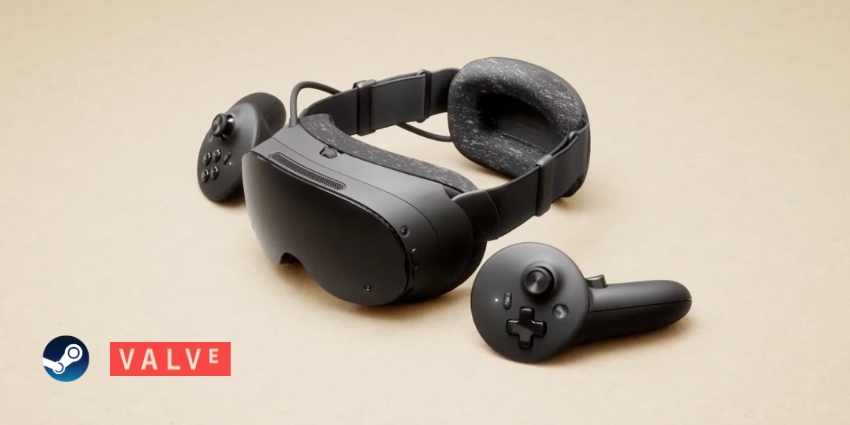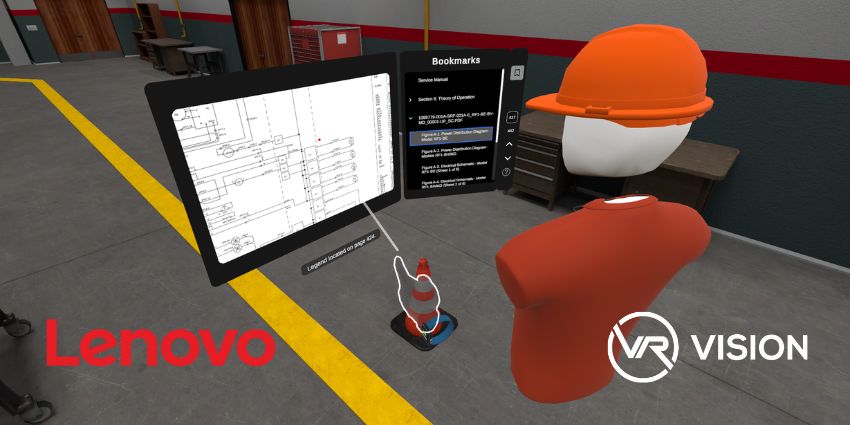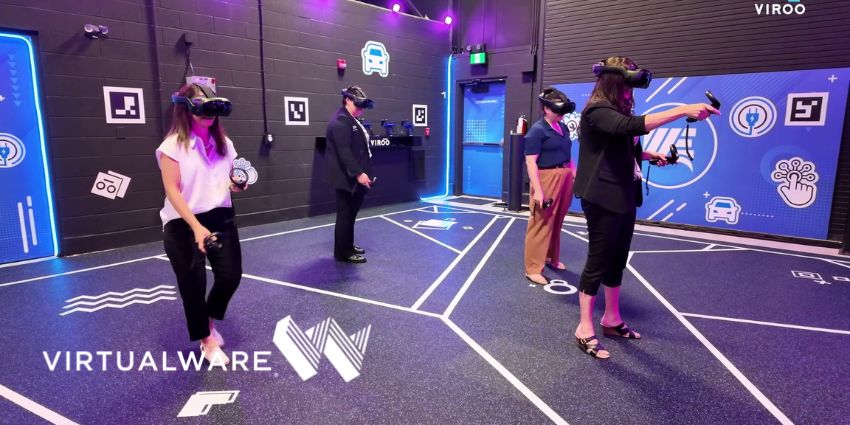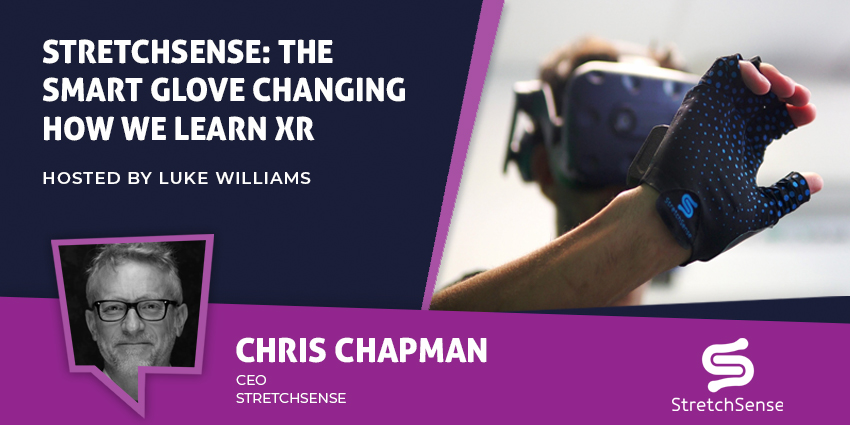It‘s not just gaming platforms that stand to benefit from the arrival of new VR technology solutions. According to Statista, by 2022, consumers’ virtual reality environment will be worth around 16 billion dollars. The global AR and VR market size will be worth 18.8 billion by the end of this year. Businesses can leverage incredible advantages from VR too.
In 2020, the demand for virtual reality experiences received a major boost, driven by colleagues and experts’ needs that could no longer connect face-to-face. In a world where in person interaction isn‘t always possible, virtual reality provides a new environment for people to connect, collaborate, and learn.
With even the most simple VR investments, business leaders can make the impossible possible. Here are some of the ways that companies are already making the change.
Simulating Real-World Training Scenarios Safely
When it comes to looking at how VR makes the impossible, possible, one of the most important areas to consider is education and training. With VR, a company can create a truly immersive educational environment for employees, without placing those team members in any dangerous or risky spaces.
For sectors like defence, aviation, oil and gas, manufacturing, and healthcare, professionals can‘t only learn on the job. Surgeons need to practice complex procedures before they perform them on a real human being, as a mistake can mean life or death. Troops in the army need to know how to respond in difficult scenarios without their lives being on the line. Full training is essential for these professionals, but it‘s almost impossible to replicate the right situations in reality.
If you create a fully authentic situation for your employees to train in, then their lives are in danger. However, if you don‘t make the situation realistic, then it‘s difficult for team members to learn how they should physically and mentally react when presented with extremely stressful situations.
In instances such as these, VR can effectively replicate hazardous environments in a realistic and safe learning environment. Here, professionals can learn and practice risky tasks, honing their skills and learning from their mistakes. Recently, IATA created the first VR training platform for the aviation industry, eliminating the risk of injury, death, and loss during training procedures.
Enhancing the Training Process
With VR, companies can do a lot more than just place their employees in environments that would otherwise be dangerous in the real world. Virtual reality creates a distraction-free landscape where employees can learn new skills faster, and retain the knowledge that they gain. This is crucial in an environment where the human attention span is constantly waning.
By providing team members with a VR headset, companies can give their employees a great way to block out the world around them and concentrate on the task at hand. Remember, around 70% of what people learn is experiential according to some studies. Learning by doing is therefore the best way to ensure that your team members gain the skills they need.
Even retail companies like Walmart are leveraging VR to assist with this more immersive training environment. The company helps employees discover how to handle a variety of situations on a daily basis, without exposing them to real people. Employees can encounter stressful circumstances, and learn how to deal with them without using customers as guinea pigs.
Companies can also use VR for everyday work processes, like building and manufacturing new products without wasting physical resources. Manufacturers like Boeing rely on virtual reality, so they don‘t need to create expensive, full-size prototypes of their designs. Companies can make huge virtual versions of products without ever wasting any crucial equipment.
Bringing Remote Teams Together
Aside from accelerating and transforming the training experience, VR also makes the impossible possible by connecting people that are miles apart. You can be anywhere in the real world and connect with your colleagues in the virtual landscape as though you were sitting in the same office. Currently, companies of all sizes are beginning to invest in VR as a way of bringing staff together in the same physical space at the same time.
Companies based across multiple countries and sites, as well as though investing in remote workers can benefit from VR as a way to keep teams productive and connected. Companies can give their team members VR landscapes where they interact with important documents in 3D environments. Employees can interact face-to-face and share eye contact, body language, and other non-verbal cues.
Some organisations are even using VR as a way to hire new team members without asking them to travel too far for an appointment. The British Army uses virtual reality to bring the experience of being in the army to people who might sign up. Potential recruits can get a taste of the training they might receive before they go forward with their application.
Once people are signed up to work with a company, they can continue to use things like VR as a way to strengthen the connections between team members wherever they are. Businesses could even send employees “overseas“ virtually to connect with clients, without any travel. This could be crucial to saving time and money in any company.
VR Can Change the World
We already know that virtual reality is changing the world in a lot of ways. In the last couple of years, there has been a massive increase in the number of companies introducing tools that mix different realities to make experiences more immersive. However, we‘re only just scratching the surface of what‘s possible with business VR technology.
Going forward, companies will be able to continue making the impossible possible in the VR landscape, by making it easier for surgeons to practice procedures without harming patients. Professionals in dangerous environments will be able to put their skills to the test without unnecessary risk, and the result will be better-informed, more confident specialists.
The technology is already here, and it just keeps getting better.







